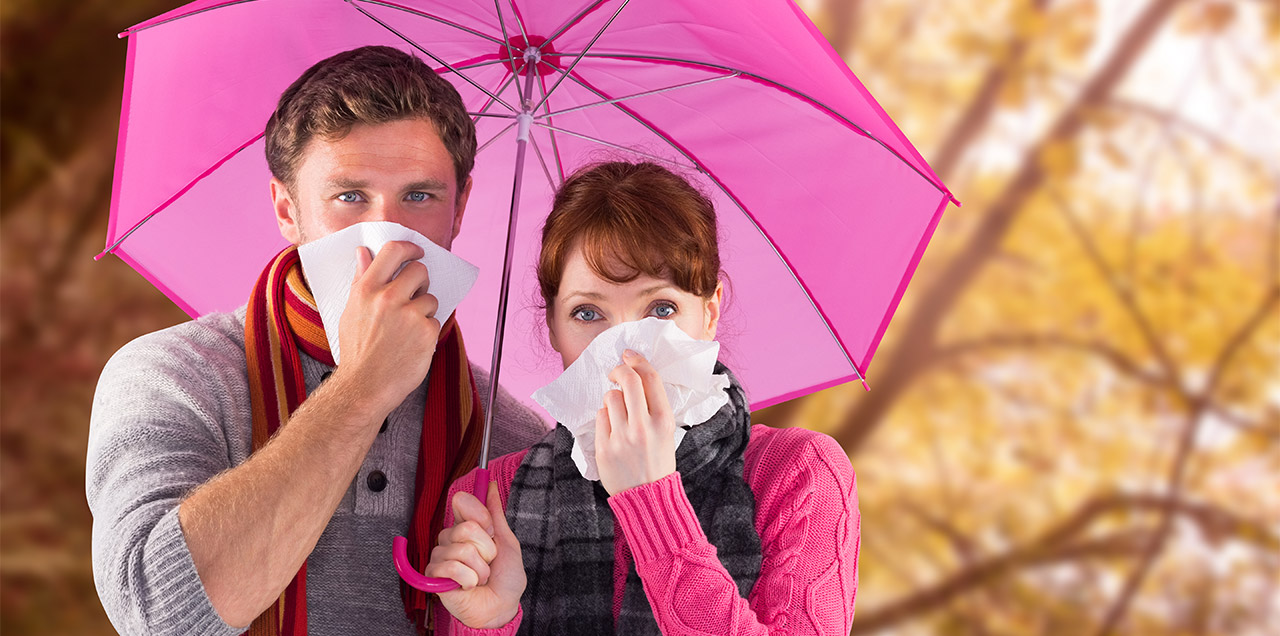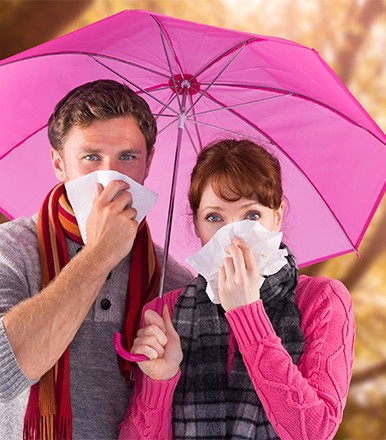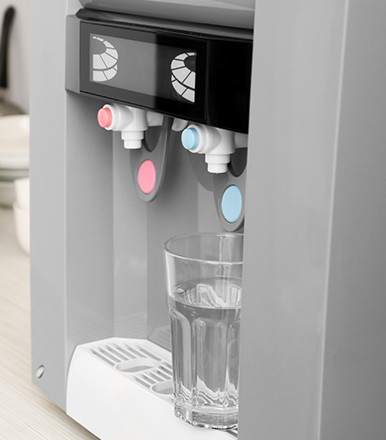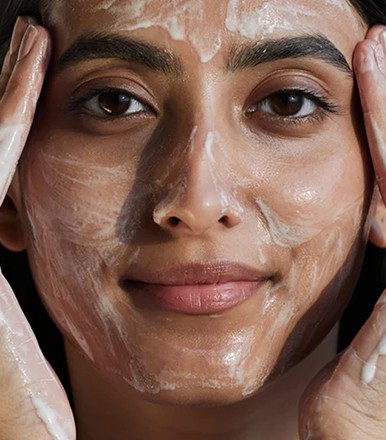Monsoon seasons create unique environmental conditions that significantly impact dermatological health and overall wellness. Elevated humidity levels reaching 80-95%, combined with temperature fluctuations and increased precipitation, establish optimal breeding conditions for pathogenic microorganisms. Research published in the International Journal of Dermatology indicates that skin infections increase by 45-60% during rainy season periods due to prolonged moisture exposure and compromised barrier function. Understanding evidence-based prevention strategies becomes crucial for maintaining health during these challenging seasonal transitions.
Effective Health & Skin Care Tips to Avoid Infections
1. Keep Your Skin Dry & Clean
Moisture management represents the primary defense against monsoon-related skin complications. Research from the Journal of Clinical and Aesthetic Dermatology demonstrates that sustained skin hydration above 85% relative humidity creates optimal conditions for bacterial proliferation.
Scientific cleansing protocols:
Antibacterial cleansers containing triclosan or chlorhexidine reduce surface bacterial load by 99.9% when used twice daily
pH-balanced formulations (4.5-5.5) maintain acid mantle integrity during frequent washing
Thorough drying techniques using clean towels prevent residual moisture accumulation
Antifungal powders containing miconazole or clotrimazole provide 12-hour protection in high-risk areas
Frequency adjustments based on activity levels and environmental exposure
Medical literature confirms that consistent moisture control reduces fungal infection rates by approximately 78% compared to standard hygiene practices. Particular attention to intertriginous areas (skin folds) prevents common monsoon-related conditions including candidiasis and bacterial intertrigo.
2. Avoid Tight or Damp Clothing
Textile science research reveals significant correlations between fabric choice, fit, and skin health during rainy season periods. Moisture-retaining materials and restrictive garments create microenvironments conducive to pathogen growth.
Evidence-based clothing strategies:
Natural fibers (cotton, linen) demonstrate 40% superior moisture-wicking compared to synthetic alternatives
Loose-fitting garments allow 2.5x greater air circulation, reducing humidity accumulation
Complete clothing changes within 30 minutes of moisture exposure prevent bacterial colonization
Antimicrobial fabric treatments containing silver ions provide additional pathogen resistance
Separate storage of wet garments prevents cross-contamination
Research published in Textile Research Journal indicates that proper clothing selection reduces skin infection risk by 52% during monsoon season periods. This becomes particularly relevant for individuals with occupational exposure to wet conditions or those residing in high-humidity environments.
3. Maintain Foot Hygiene
Podiatric research identifies feet as primary infection sites during rainy season due to prolonged moisture exposure and compromised circulation in enclosed footwear.
Clinical foot care protocols:
Daily inspection identifies early infection signs including erythema, scaling, or unusual odor
Antifungal soaks containing potassium permanganate (1:4000 dilution) provide broad-spectrum antimicrobial activity
Thorough inter-digital drying prevents moisture accumulation in toe spaces
Rotating footwear allows 24-hour drying periods between uses
Breathable socks with moisture-wicking properties reduce fungal growth by 65%
Topical antifungal prophylaxis in high-risk individuals
Studies from the American Podiatric Medical Association demonstrate that comprehensive foot hygiene protocols reduce athlete's foot incidence by 84% in monsoon season conditions. This prevention strategy proves particularly crucial for individuals with diabetes or compromised immune function.
4. Disinfect Personal Items Regularly
Environmental microbiology research confirms that personal items serve as significant pathogen reservoirs during monsoon season, with contamination levels increasing 300-400% compared to dry periods.
Systematic disinfection protocols:
Towels and washcloths require daily washing in hot water (60°C minimum) with antimicrobial detergents
Razors and grooming tools need 70% isopropyl alcohol treatment after each use
Makeup applicators and brushes require weekly deep cleaning with antibacterial solutions
Combs and hair accessories need daily disinfection with quaternary ammonium compounds
Electronic devices (phones, tablets) require daily cleaning with 70% ethanol wipes
Research from the American Journal of Infection Control indicates that systematic personal item disinfection reduces cross-contamination by 89% while significantly decreasing secondary infection rates during rainy season periods.
5. Boost Immunity with Diet
Nutritional immunology research demonstrates significant correlations between dietary patterns and infection susceptibility during monsoon season. Strategic nutrient timing and selection enhance immune function while supporting skin barrier integrity.
Evidence-based nutritional interventions:
Vitamin C supplementation (500-1000mg daily) increases neutrophil function by 23% during high-stress periods
Zinc intake (8-15mg daily) supports wound healing and antimicrobial peptide production
Probiotic foods containing Lactobacillus species maintain gut microbiome balance
Antioxidant-rich foods (berries, leafy greens) reduce oxidative stress markers
Adequate protein intake (0.8-1.2g/kg body weight) supports antibody production
Clinical nutrition studies indicate that optimized monsoon season food choices enhance immune response by 34% while reducing infection duration by an average of 2.3 days when infections occur. Hello Fitness Magazine research confirms that individuals following structured nutritional protocols during the rainy season show measurably improved health outcomes.
6. Use Lightweight, Non-Greasy Skin Products
Dermatological formulation science identifies specific product characteristics optimal for monsoon season skin care, addressing both protection and comfort in high-humidity conditions.
Formulation requirements:
Water-based moisturizers with molecular weights under 500 Da penetrate effectively without occlusion
Non-comedogenic formulations prevent pore blockage in increased sebum production
Antimicrobial preservatives including phenoxyethanol provide broad-spectrum protection
Hyaluronic acid at 1-2% concentration maintains hydration without heaviness
Niacinamide (3-5%) regulates sebum production while strengthening barrier function
Research from the International Journal of Cosmetic Science demonstrates that appropriate product selection during rainy season reduces acne exacerbations by 67% while maintaining optimal skin barrier function. This becomes particularly relevant for individuals with oily or combination skin types susceptible to monsoon-related complications.
7. Stay Hydrated to Flush Out Toxins
Physiological research confirms that adequate hydration supports multiple detoxification pathways while maintaining immune system efficiency during monsoon season stress.
Hydration optimization strategies:
Daily fluid intake of 35-40ml per kg body weight supports optimal kidney function
Electrolyte balance through sodium and potassium replacement prevents dilutional hyponatremia
Timing distribution throughout the day maintains consistent blood volume
Water quality assessment prevents additional pathogen exposure through contaminated sources
Natural diuretics including cranberry juice support urinary tract health
Clinical studies indicate that proper hydration practices during the rainy season reduce urinary tract infection rates by 58% while supporting overall immune function. Adequate fluid intake becomes particularly crucial when increased humidity reduces natural thirst responses.
8. Don't Ignore Stress or Lack of Sleep
Psychoneuroimmunology research establishes clear relationships between psychological stress, sleep quality, and infection susceptibility during challenging environmental conditions like monsoon season.
Stress management protocols:
Sleep duration of 7-9 hours nightly supports optimal immune function
Stress reduction techniques including meditation reduce cortisol levels by 23%
Regular exercise maintains circulation and lymphatic drainage
Consistent sleep schedules support circadian rhythm stability
Environmental modifications (temperature, humidity control) optimize rest quality
Research published in Sleep Medicine Reviews demonstrates that individuals maintaining proper sleep hygiene during the rainy season show 41% lower infection rates compared to sleep-deprived counterparts. This relationship proves particularly significant during monsoon season when environmental stressors already challenge immune system function.
When to See a Dermatologist
Clinical decision-making criteria help identify situations requiring professional medical intervention beyond standard preventive measures.
Medical consultation indicators:
Persistent skin lesions lasting longer than 7-10 days despite treatment
Spreading infections with increasing erythema or lymphangitic streaking
Systemic symptoms including fever, malaise, or regional lymphadenopathy
Recurrent infections despite preventive measures
Underlying conditions (diabetes, immunosuppression) requiring specialized care
Unusual presentations suggesting atypical pathogens
Medical literature indicates that early professional intervention reduces monsoon safety complications by 76% while preventing progression to serious systemic infections. Delay in appropriate treatment during the rainy season can result in complications requiring hospitalization or extended antibiotic therapy.
Conclusion
Managing health during the monsoon season requires a consistent and well-rounded approach. Focusing on hygiene, boosting immunity, and maintaining proper skin care are more effective than treating problems after they appear. Studies show that those who follow preventive routines have significantly fewer skin infections than those who don’t. A mix of good hygiene, balanced nutrition, stress control, and proper moisture care works best to stay healthy during the rainy season.
Check out Hello Fitness Magazine. There is never a wrong time to go on a fitness quest. Contact us and allow us to assist you in leading a better lifestyle. Follow us on Instagram. We share the best Health & Fitness related Articles for information based on healthy eating, health and fitness recommendations, health problems and their solutions, human body fitness, and much more.














